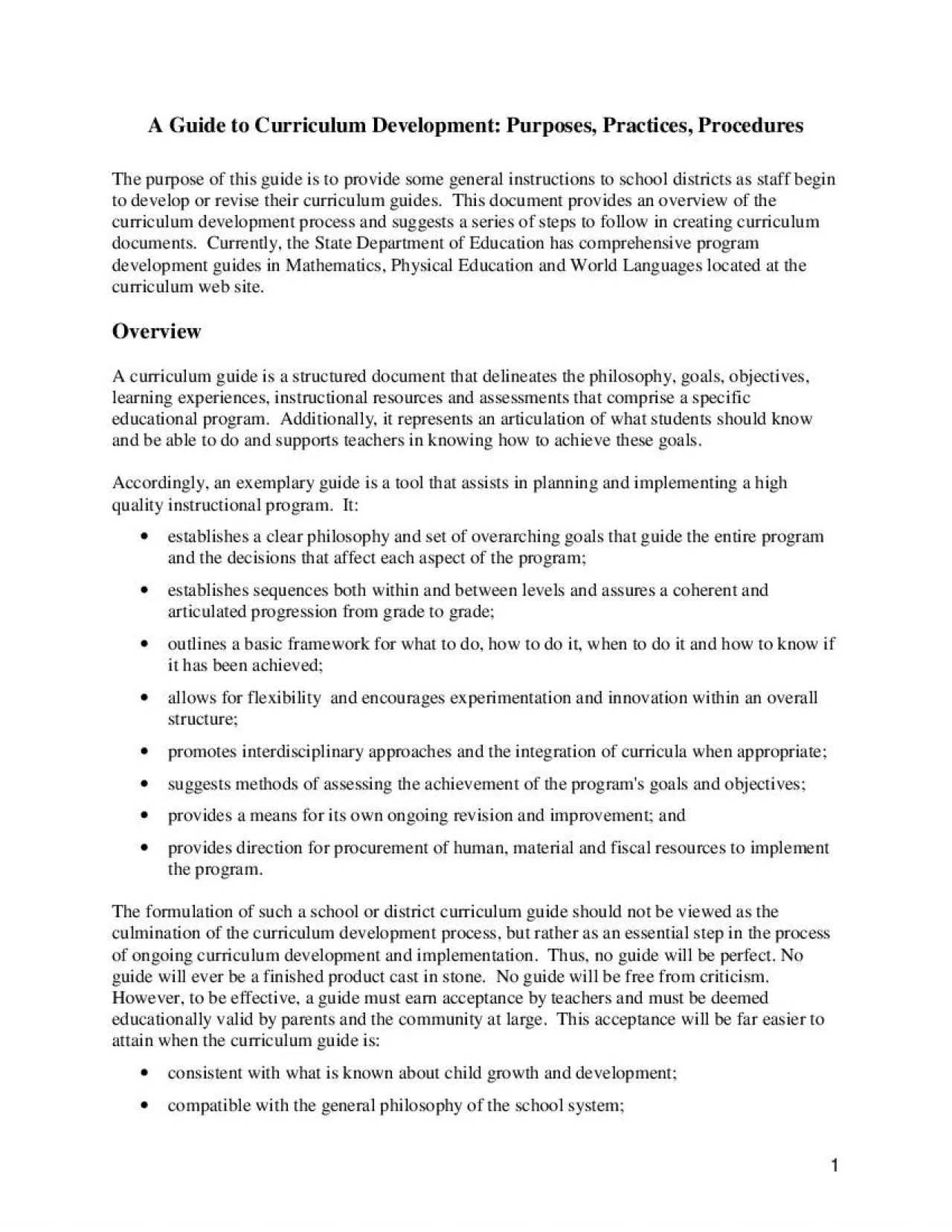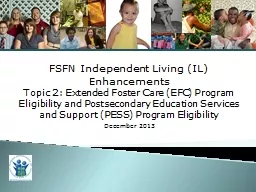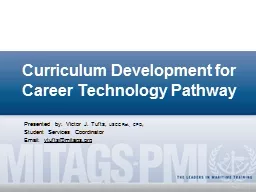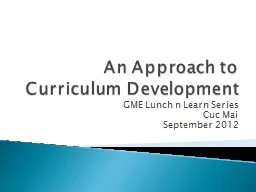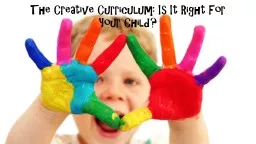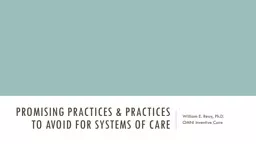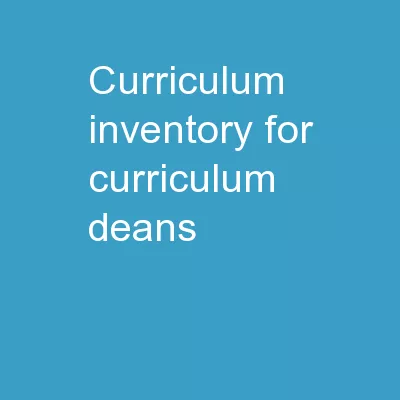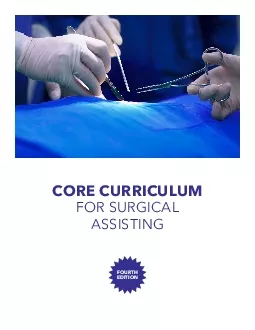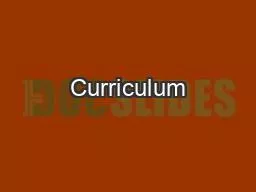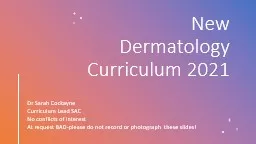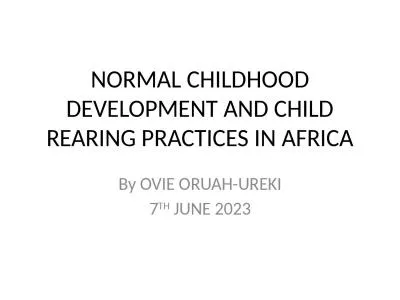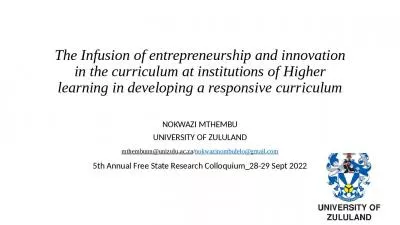PDF-A Guide to Curriculum Development Purposes Practices Procedures
Author : abigail | Published Date : 2021-10-05
The purpose of this gueneral instructions to school districts as staff begin to develop or revise their curriculum guThis document provides an overview of the curriculu
Presentation Embed Code
Download Presentation
Download Presentation The PPT/PDF document "A Guide to Curriculum Development Purpos..." is the property of its rightful owner. Permission is granted to download and print the materials on this website for personal, non-commercial use only, and to display it on your personal computer provided you do not modify the materials and that you retain all copyright notices contained in the materials. By downloading content from our website, you accept the terms of this agreement.
A Guide to Curriculum Development Purposes Practices Procedures: Transcript
Download Rules Of Document
"A Guide to Curriculum Development Purposes Practices Procedures"The content belongs to its owner. You may download and print it for personal use, without modification, and keep all copyright notices. By downloading, you agree to these terms.
Related Documents

